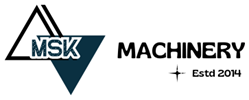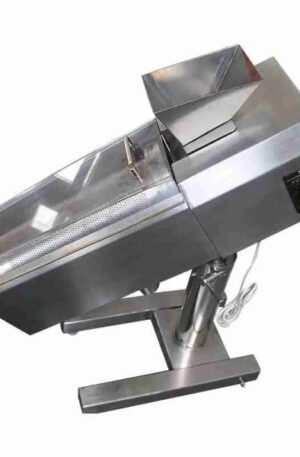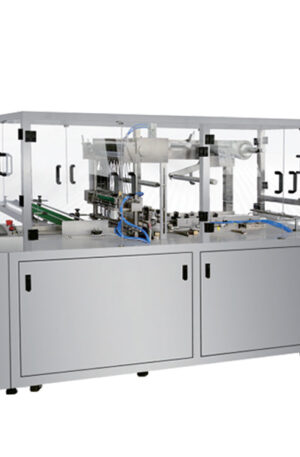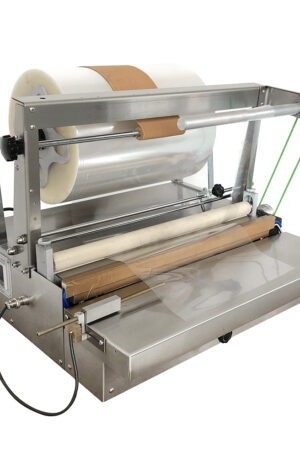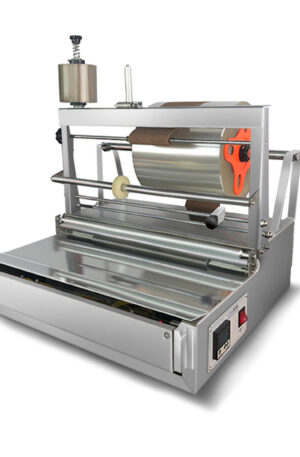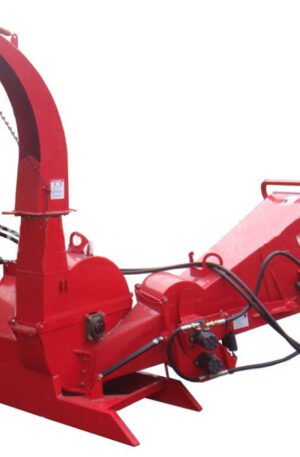Title: “The Evolution of Pharmaceutical Manufacturing Machinery: From Traditional to High-Tech”
In the world of pharmaceutical manufacturing, the machinery used in the production process has undergone a remarkable evolution over the years. From the traditional table press machines to the cutting-edge technology of today such as the TDP and THDP machines, pharmaceutical manufacturers have continuously strived to improve efficiency, quality, and output.
The traditional table press machine has been a staple in pharmaceutical manufacturing for decades. This machine is commonly used for compressing powdered ingredients into tablets of uniform size and weight. Operators would manually feed the machine with the necessary materials, adjust settings, and monitor the compression process. While effective, these machines were labor-intensive and had limitations in terms of speed and precision.
As the pharmaceutical industry has advanced, there has been a shift towards more automated and technologically advanced machinery. One such innovation is the capsule filling machine. This machine is designed to fill empty gelatin capsules with the desired amount of powdered medication. The automated process ensures accuracy and consistency in filling, reducing the risk of dosage variability. Capsule filling machines have greatly improved production efficiency and quality control in pharmaceutical manufacturing.
The introduction of the TDP (Tablet Press Machine) marked a significant advancement in pharmaceutical manufacturing technology. TDP machines are capable of producing a large quantity of tablets in a short amount of time. They offer precise control over the compression process, resulting in tablets with consistent weight, size, and hardness. The automation of the tablet pressing process has helped pharmaceutical companies meet the increasing demand for medications while maintaining high-quality standards.
In recent years, the industry has witnessed the emergence of the THDP (High-Speed Tablet Press Machine). These state-of-the-art machines are equipped with advanced features such as automatic feeding systems, real-time monitoring, and data analysis capabilities. The THDP machines can produce tablets at an even higher speed and with greater precision than their predecessors. Pharmaceutical manufacturers are investing in THDP machines to further enhance production efficiency and meet the growing demands of the market.
In conclusion, the evolution of pharmaceutical manufacturing machinery, from traditional table press machines to high-tech TDP and THDP machines, reflects the industry’s commitment to innovation and continuous improvement. These advancements have revolutionized the way medications are produced, allowing for faster, more accurate, and higher-quality manufacturing processes. As technology continues to advance, we can expect further enhancements in pharmaceutical machinery to meet the dynamic needs of the healthcare industry.
